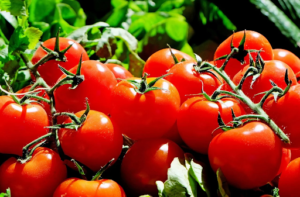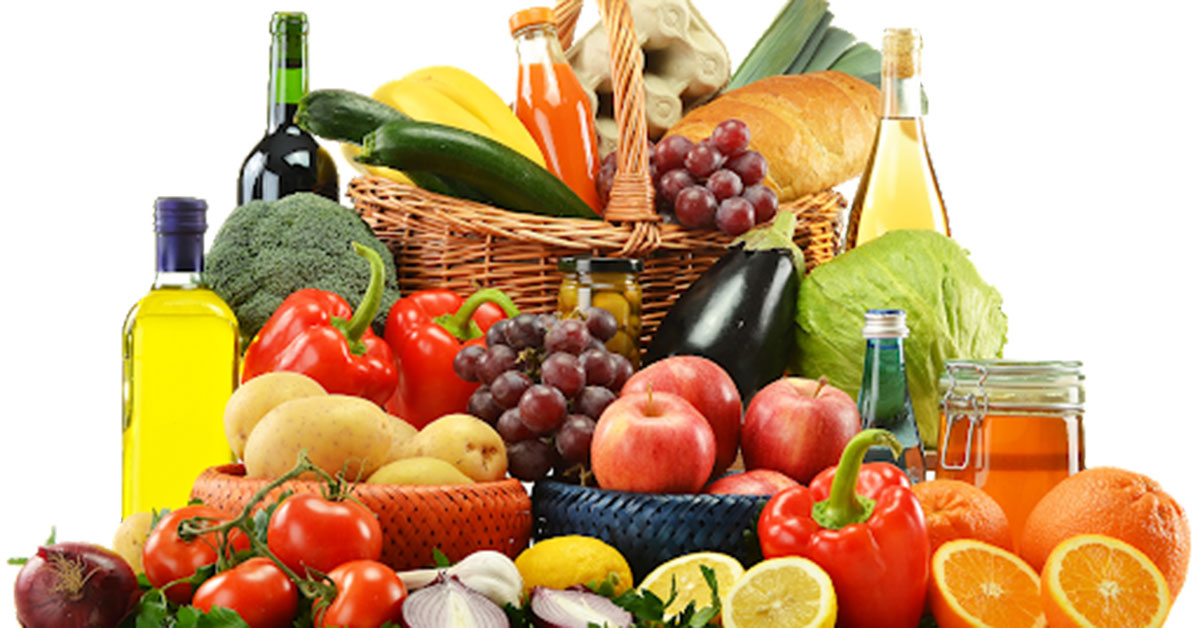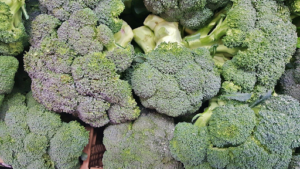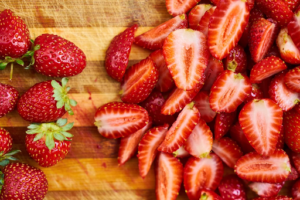Fresh vegetables and fruits from your own garden are a treat and a part of a healthy lifestyle. Now is the time to start planning your garden so you can enjoy fresh produce this season. All vegetables are healthy, but some contain an extra helping of nutrition and inflammation-fighting compounds.
Inflammation is responsible for many serious illnesses, including diabetes, cancer, heart disease, and depression. Antioxidants and other chemicals found in foods can promote a healthier inflammatory response in your body. Here are five anti-inflammatory foods that should have a spot in your garden this year.
Broccoli
Broccoli is a cool-weather crop that can be grown in the spring before you start planting your summer garden. It is an excellent source of vitamins, A, C, K, Iron, folate, and potassium. It also contains several cancer-fighting and inflammation lowering compounds, including sulforaphane, kaempferol, and quercetin. Broccoli is one of the most nutritious and beneficial foods that you can include in your diet.
Plant it by seed in acidic soil 2 to 3 weeks before the date of the last spring frost in your area. If your soil is not naturally acidic, you can add compost or manure to your soil before planting. Make sure to plant your seeds in an area that receives at least four hours of sunlight a day. You can harvest your broccoli from both the center head and the side stalks. If you live in an area with mild summers, you may be able to harvest your broccoli all season long. In areas where summer temperatures exceed 75 F, you can pull up your broccoli when it starts getting hot and plant fresh seeds after temperatures cool down again in the fall.
Lightly steaming your broccoli will help your body use the nutrients, but it can also be eaten raw. After you steam your broccoli, you can freeze it for use in the offseason.

Tomatoes
Tomatoes are native to the Americas, and they are one of the most popular vegetables for home gardeners in the U.S. This superfood is easy to grow and even easier to eat. Nothing tastes better than a ripe tomato fresh from the garden. By growing your own tomatoes, you can also avoid the pesticides that are found in most store-bought varieties.
Tomatoes contain high levels of Vitamins C, A, folate, potassium, and phosphorus. Like broccoli, they also have other chemicals that can help to lower inflammation and support healthy function. Tomatoes are recommended for heart health and eye health. They have been shown to help lower blood pressure, protect against prostate cancer, and help regulate blood sugar in diabetes patients.
Plant tomatoes in full sun and give them about two inches of water per week. If tomatoes develop with brown spots on the bottom, add a calcium supplement to the soil. Avoid fertilizing with high nitrogen fertilizer, as this will encourage the growth of greenery instead of fruit.
There are dozens of types of tomatoes to choose from. Pick from sweet grape tomatoes to add to salads and pasta or large slicing tomatoes to eat with burgers or as a side. Studies have shown that cooking tomatoes will make some of the nutrients such as eye-healthy lycopene more available, but avoid boiling tomatoes, as this will decrease the Vitamin C content.
Leafy Greens
Everyone has heard about kale being a “superfood,” but other leafy greens like spinach and collards are also nutritional powerhouses. Like broccoli, these plants can be grown from spring through early summer and then again in the fall. Plant them in a sunny spot and give them plenty of water.
All dark leafy greens are packed with vitamins and minerals, including B vitamins, and Vitamins, K, C, and A. Many also contain calcium and potassium. Most leafy greens contain cancer and inflammation-fighting compounds as well as other chemicals that are good for your heart and eyes. The nutritional profile of each variety is slightly different, so it’s good to eat several varieties. You can enjoy greens raw in salads or cooked in soups, stews, and pasta.
Strawberries
Nothing says “summer” like a fresh strawberry. Strawberries (like most berries) are high in fiber and low in sugar, making them ideal for people with diabetes. They contain good amounts of vitamin C, manganese, folate, and potassium and are rich in antioxidants. The antioxidants in strawberries have been shown to promote heart health, help regulate blood sugar, and lower cholesterol.
There are two main types of strawberries, June bearing and everbearing. June bearing plants will put on all of their fruit over the course of a few weeks, usually in June. These plants produce the biggest berries, and the abundance of fruit is perfect for those who want to make jams or jellies. Everbearing plants produce smaller berries but keep producing them throughout the summer and even into early fall.
Strawberries can take over a garden so make sure to give them a dedicated spot. Plant them in the spring in full sun (or in the fall if you live in a hot area). They prefer acidic soil and can do well in containers. Pick your strawberries in the morning and refrigerate them promptly.
Grapes
Grapes contain a huge array of essential minerals and vitamins, including copper, manganese, B vitamins, and Vitamin C. They also contain resveratrol, an amazing antioxidant that has been shown to lower cholesterol, protect against cancer and regulate blood sugar. The fermentation process does not harm the antioxidants in grapes, so if you want to turn your homegrown grapes into wine, you will still get the health benefits.
Plant bare-root vines in the spring and space them 6 to 10 feet apart. Your grapes will need something to grow on, such as a sturdy trellis, fence, or stake. Some pruning in the early spring is required, but other than that, grapes are easy to grow. They need plenty of sun, but they aren’t picky about soil.
Even if you have a small yard, you can integrate grapes into your landscaping. Consider growing them on a pergola or an arbor, for instance. One well-maintained vine can produce two bushels of grapes, so just a few plants can provide plenty for eating and for making jams, jellies, or juices.








